Skeletal and Muscular System
5.0(1)
5.0(1)
Card Sorting
1/69
Earn XP
Description and Tags
Study Analytics
Name | Mastery | Learn | Test | Matching | Spaced |
|---|
No study sessions yet.
70 Terms
1
New cards
Long Bones
longer than they are wide, two ends contain spongey bone, primarily compact bone, stress absorption (e.g. phalanges, femur, humerus)
2
New cards
Short bones
roughly cube shaped, mostly spongey bone (e.g. carpals, tarsal)
3
New cards
irregular bones
complicated shapes for specific duties
protects vital organs (e.g. vertebrae)
protects vital organs (e.g. vertebrae)
4
New cards
Flat bones
thin, large surface for muscle attachment (e.g. sternum)
5
New cards
sesamoid bones
embedded in tendons, small and round, protects from wear and tear (e.g. patella)
6
New cards
skeletal system functions
1. support (for tendons and ligaments, framework of body)
2. protection (vital organs like heart, brain)
3. movement (bones work together to move)
4. storage
5. blood cell production
2. protection (vital organs like heart, brain)
3. movement (bones work together to move)
4. storage
5. blood cell production
7
New cards
Types of Muscles
skeletal muscle, smooth muscle, cardiac muscle
8
New cards
Skeletal muscles
voluntary muscles that cause body movement (bicep)
9
New cards
Smooth muscles are
involuntary muscles, line blood vessels and walls of digestive system (digestive system)
10
New cards
Cardiac muscles are
involuntary, make up walls of the heart (heart)
11
New cards
Muscular system function
movement, posture, heat production
12
New cards
fast twitch fibers
White muscle fibers that contract rapidly and forcefully but fatigue quickly
13
New cards
slow twitch fibers
Red muscle fibers that contract at a slow rate and have very good endurance
14
New cards
Types of contractions
isotonic, isometric, isokinetic
15
New cards
isotonic contraction
muscle shortens because muscle tension exceeds load (e.g. push-up)
16
New cards
isometric contraction
Muscle contracts but there is no movement, muscle stays the same length (e.g. holding tennis raquet)
17
New cards
isokinetic contraction
a muscle fiber contraction in which the velocity of the contraction is kept constant (use of specialised gym equipment
18
New cards
cranium

19
New cards
mandible
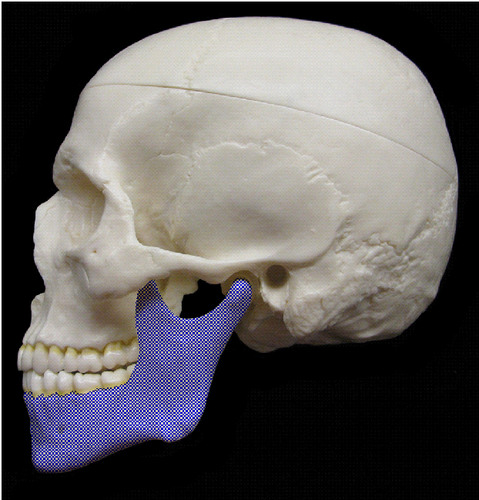
20
New cards
Clavicle
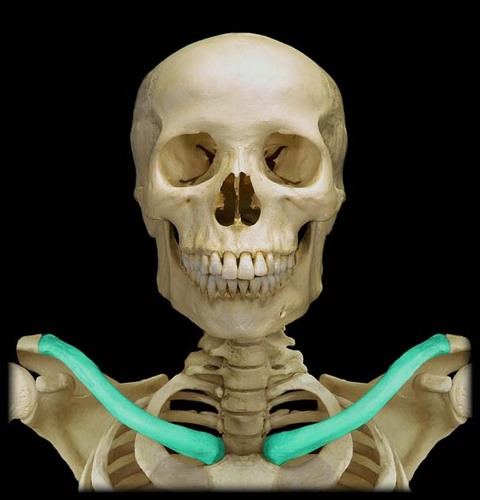
21
New cards
Scapula
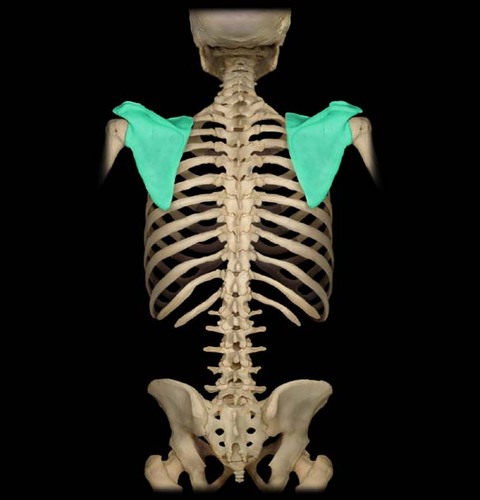
22
New cards
Sternum
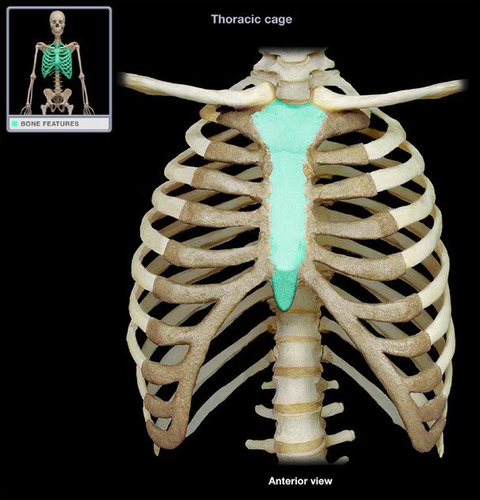
23
New cards
Humerus
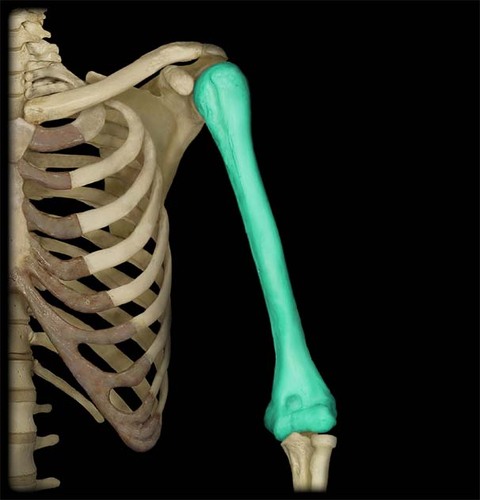
24
New cards
ribcage
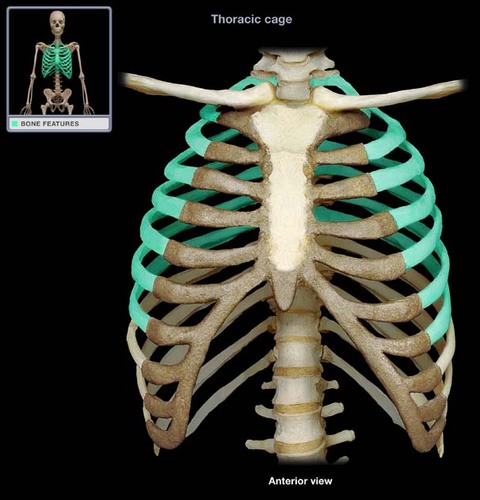
25
New cards
Vertebrae
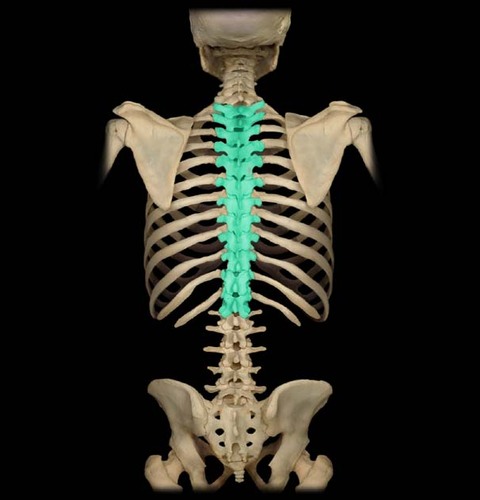
26
New cards
pelvis
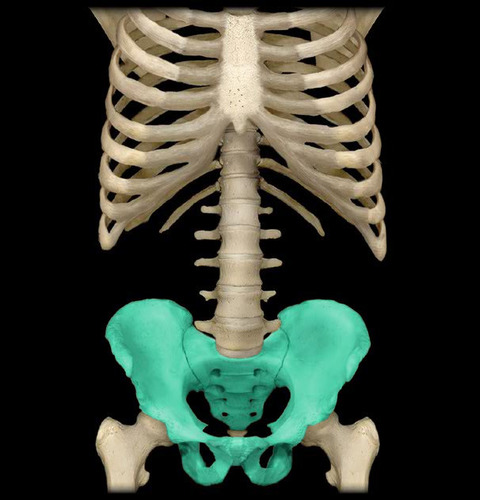
27
New cards
radius
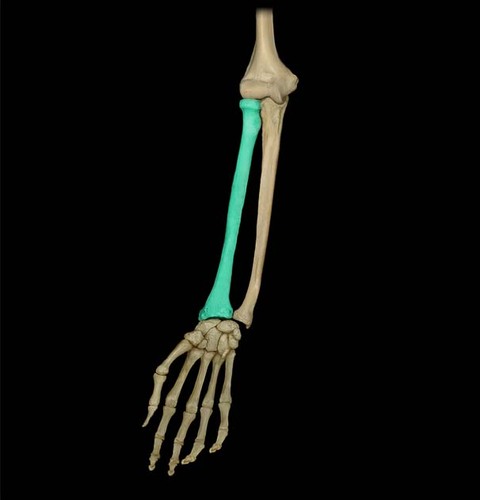
28
New cards
ulna
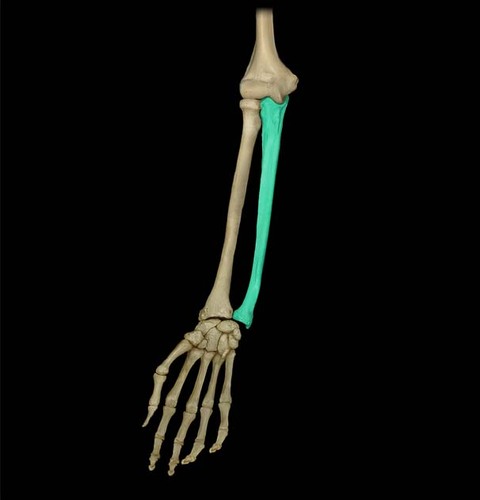
29
New cards
Carpals

30
New cards
metacarpals
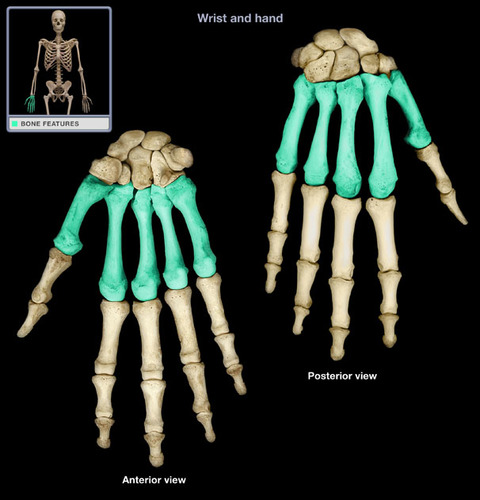
31
New cards
Phalanges
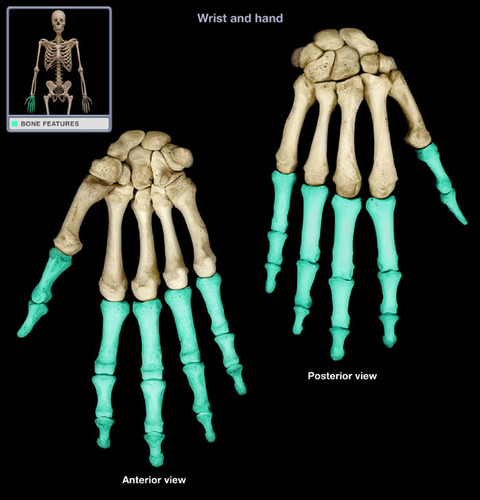
32
New cards
femur
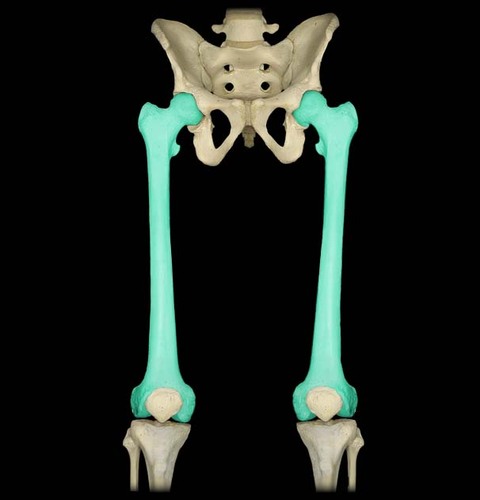
33
New cards
Patella
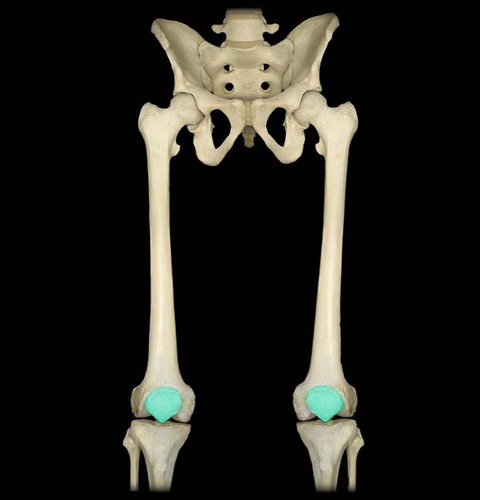
34
New cards
tibia
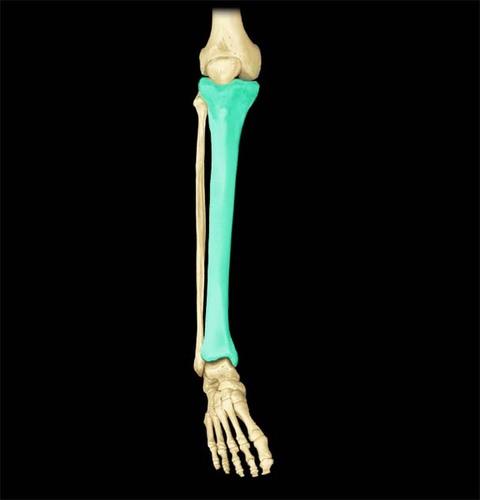
35
New cards
fibula
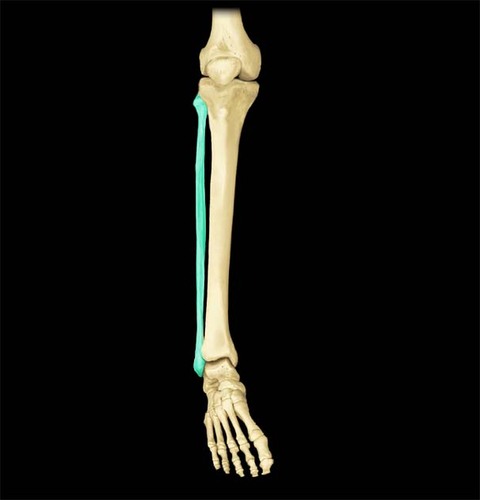
36
New cards
Tarsals
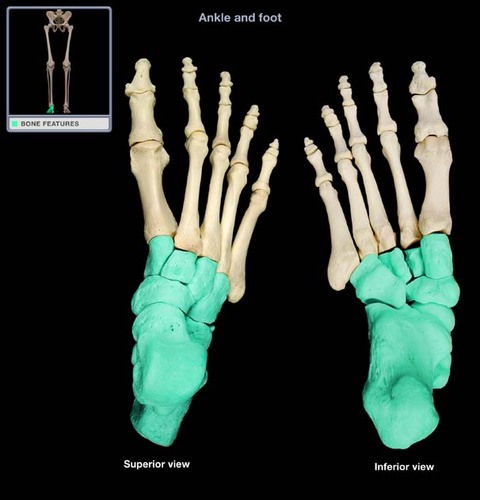
37
New cards
Metatarsals
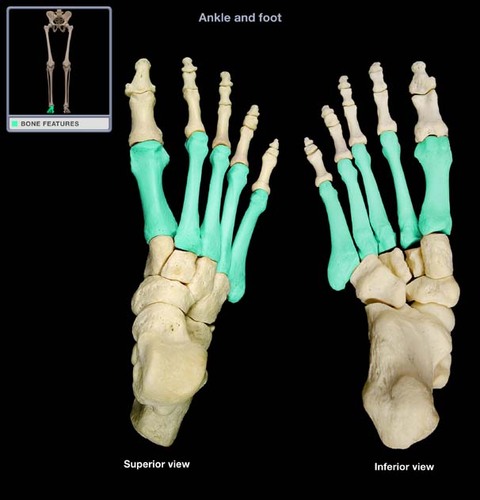
38
New cards
Deltoid
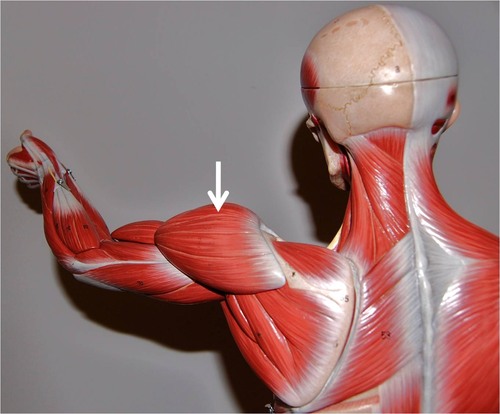
39
New cards
biceps brachii
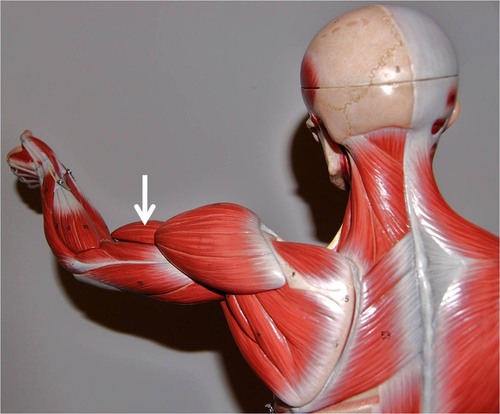
40
New cards
rectus abdominis
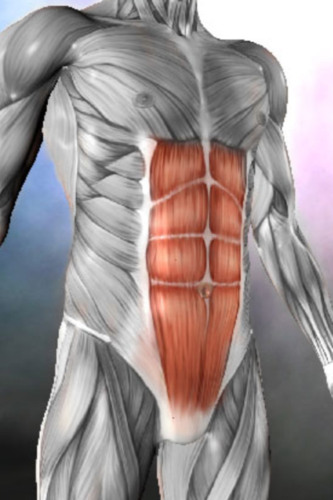
41
New cards
quadriceps
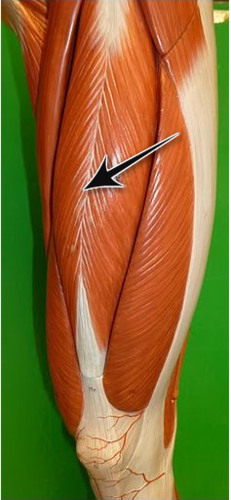
42
New cards
tibialis anterior

43
New cards
pec major
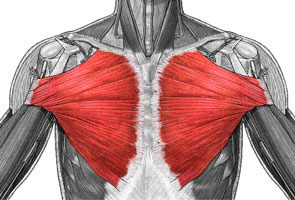
44
New cards
Sartorius
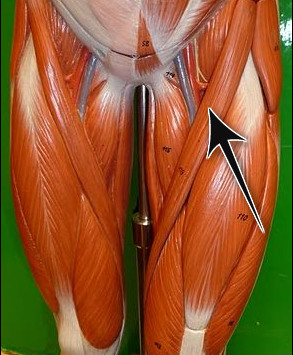
45
New cards
Trapezius
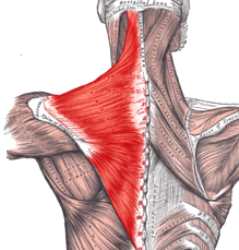
46
New cards
latissimus dorsi
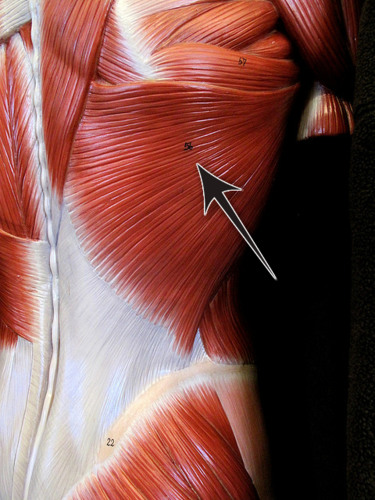
47
New cards
triceps brachii
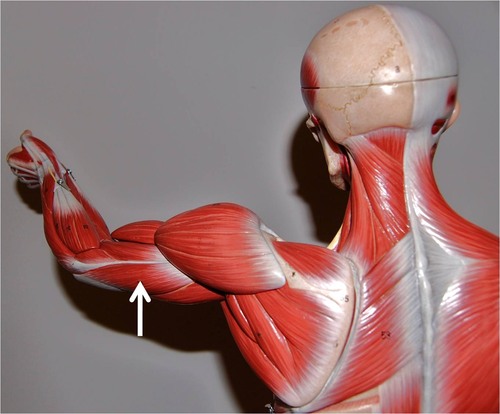
48
New cards
obliques
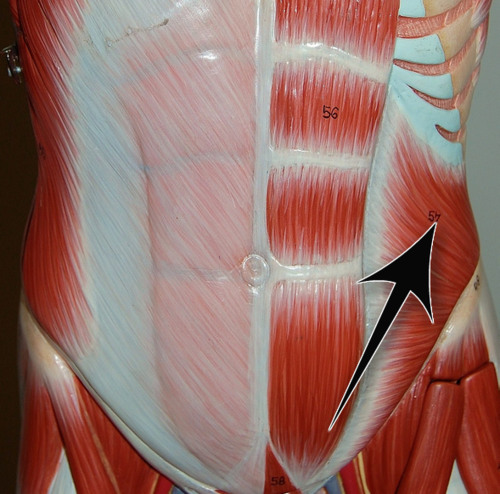
49
New cards
Gastrocnemius
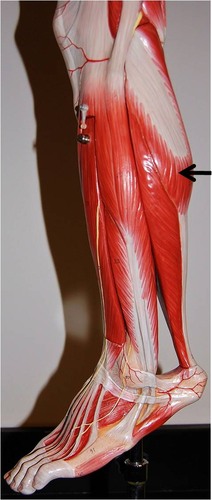
50
New cards
gluteus maximus
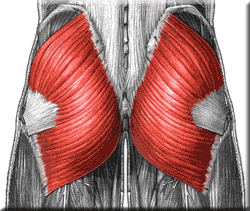
51
New cards
hamstring
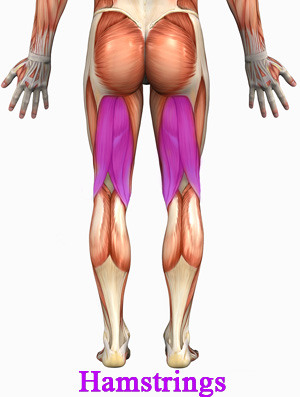
52
New cards
vertebrael column
cervical, thoracic, lumbar, sacrum, coccyx (Cool Things Like Steph Curry)
53
New cards
cervical vertebrae
7
54
New cards
thoracic vertebrae
12
55
New cards
lumbar vertebrae
5
56
New cards
Sacrum Vertebrae
5
57
New cards
Coccyx Vertebrae
4
58
New cards
appendicular and axial skeleton
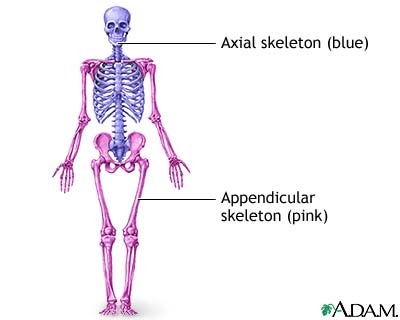
59
New cards
Agonist muscle
The muscle primarily responsible for movement of a bone. Shortens in length (Triceps Brachii)
60
New cards
antagonist muscle
The muscle opposite the agonist, which must relax and lengthen during contraction of the agonist.
61
New cards
Example of Agonist and Antagonist muscle
Bicep Curl
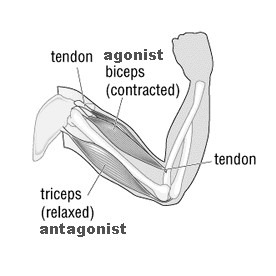
62
New cards
Longest bone in the body
femur
63
New cards
Longest muscle in the body
Sartorius
64
New cards
skeletal joints
-Ball and Socket
-Hinge
-Pivot
-Saddle
-Condyloid
-Gliding
-Hinge
-Pivot
-Saddle
-Condyloid
-Gliding
65
New cards
Ball and socket joint
One bone has rounded end, fits into another bone (shoulder, hip)
66
New cards
Hinge joint
Only one plane of movement (elbow, knee)
67
New cards
Pivot joint
Allow bone to spin and twist around other bone (cervical vertebrae)
68
New cards
Saddle joint
Allow back, forth and side to side motion, but limited rotation (thumb)
69
New cards
Condyloid joint
Has two axis, allow sideways, back and forth movement (Wrist)
70
New cards
gliding joint
Allow bones to glide past each other (carpals, tarsals)